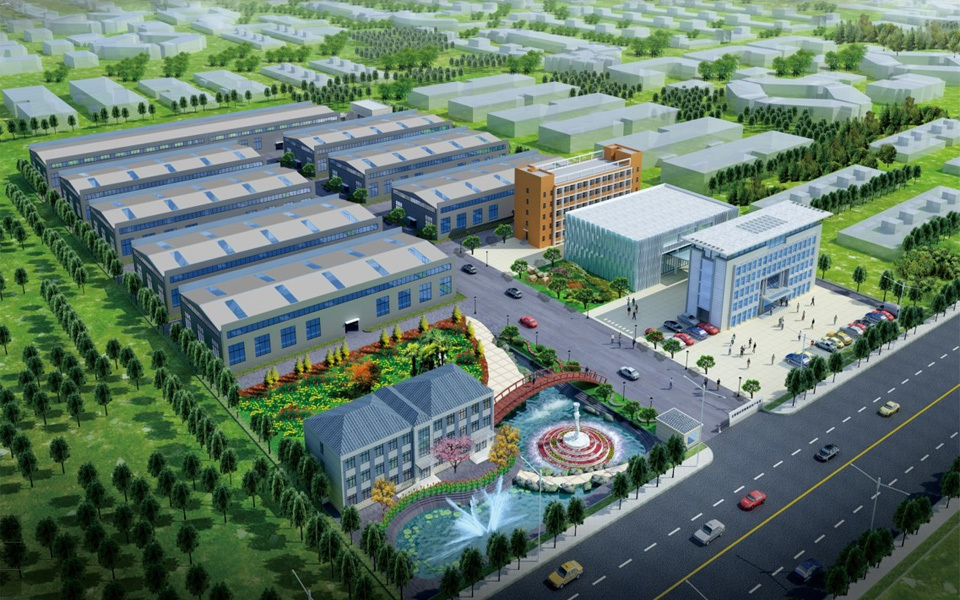With increasing emphasis on fire safety in buildings in China and worldwide, the use of combustible wood-based organic panels in construction projects has been strictly restricted. However, inorganic fire-resistant panels such as paper-faced gypsum board and calcium silicate board have faced resistance to wider adoption due to limitations in strength, toughness, water resistance, and secondary processing capabilities, hindering their application in construction.
Domestic Situation
With increasing emphasis on fire safety in buildings in China and worldwide, the use of combustible wood-based organic panels in construction projects has been strictly restricted. However, inorganic fire-resistant panels such as paper-faced gypsum board and calcium silicate board have faced resistance to wider adoption due to limitations in strength, toughness, water resistance, and secondary processing capabilities, hindering their application in construction.
Fire-resistant boards combine the advantages of both organic and inorganic boards. They are made of large-format thin panels using modified magnesia materials as a binder and medium-alkali or alkali-resistant fiberglass cloth as a reinforcing material. They are mainly used in building ceilings, interior partitions, and other areas requiring fire protection. These boards offer the lightweight, flexible, and re-processable properties of wood-based organic boards, along with the fire resistance and water resistance of inorganic boards. Many large-scale projects in China have already used magnesium oxychloride fire-resistant boards in their interior decoration. Years of practical application have proven their effectiveness, and these boards also have significant export volumes.
As fire-resistant boards are a relatively new product, some construction and production personnel are not yet proficient in production and construction techniques. Furthermore, some companies, driven by economic interests, have engaged in shoddy manufacturing and careless construction. The difficulty in distinguishing between high-quality and low-quality products for users has led to several accidents in construction projects, impacting the development of fire-resistant boards.
In the late 1980s and early 1990s, a boom in the production of fire-resistant boards occurred in northern China, with production methods primarily relying on a combination of manual and mechanical processes. The lack of technical expertise among manufacturers resulted in a market flooded with inferior products. These products gradually revealed numerous defects during storage and use, leading to market shrinkage.
From the mid-1990s to the present, another boom in the production of magnesium oxychloride fire-resistant boards has emerged in southern China, particularly in Jiangsu, Shanghai, Guangdong, and Zhejiang provinces. Some areas have experienced a sudden surge in production, with some towns having over a dozen manufacturers. The resulting low-quality products, sold at low prices, have impacted the market, making it difficult for a few legitimate manufacturers to survive. Unless this situation is quickly reversed, the industry will soon decline, and the market will become sluggish, a truly worrying prospect. Visionary individuals in this industry should take a long-term view, as the future of fire-resistant boards is optimistic. With the growing populations in China and worldwide, construction projects will continue to increase in number and sophistication, leading to a greater demand for fire-resistant decorative building materials. Market decorative boards are mainly divided into two categories: organic decorative boards based on wood or natural plant fibers, and inorganic decorative boards. Due to increasingly stringent fire safety regulations in China and globally, the use of organic boards is strictly limited. Given this situation, inorganic boards have become the preferred choice, but apart from gypsum, other types of inorganic decorative boards are limited in variety and poor in performance.
Paper-faced gypsum board is the most commonly used material in building decoration projects. However, paper-faced gypsum board has many drawbacks: low strength (easily punctured by sharp objects when suspended), poor toughness (cannot be bent during construction), and poor resistance to moisture and water (deforms and softens when exposed to moisture or water). Therefore, gypsum board is rarely used in the high-temperature and high-humidity regions of southern China. Fire-resistant decorative boards combine the advantages of both organic and inorganic decorative boards. This product possesses the flexibility and re-processability of organic boards, as well as the fire resistance and water resistance of inorganic boards, and its strength is higher than any other decorative board. Therefore, as long as the quality of fire-resistant boards is controlled, this product has a wide range of applications, good performance, and great development potential. Products from some fire-resistant board factories in southern China are exported overseas. According to customs statistics, the annual export value of fire-resistant boards has reached 1 billion RMB in recent years, and domestic consumption is also increasing year by year, indicating a very optimistic outlook for the product's development.




